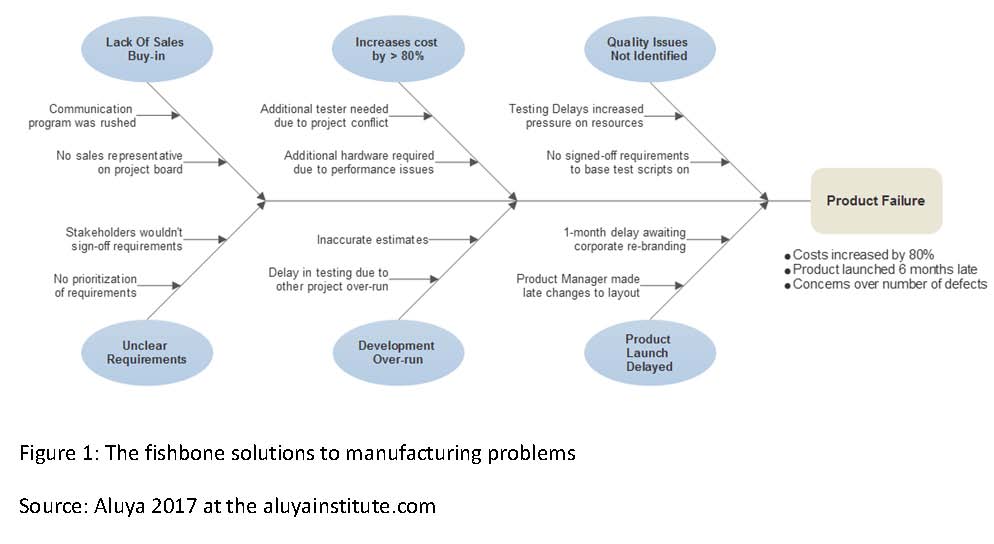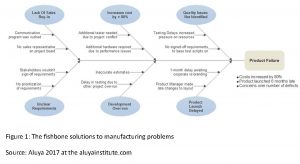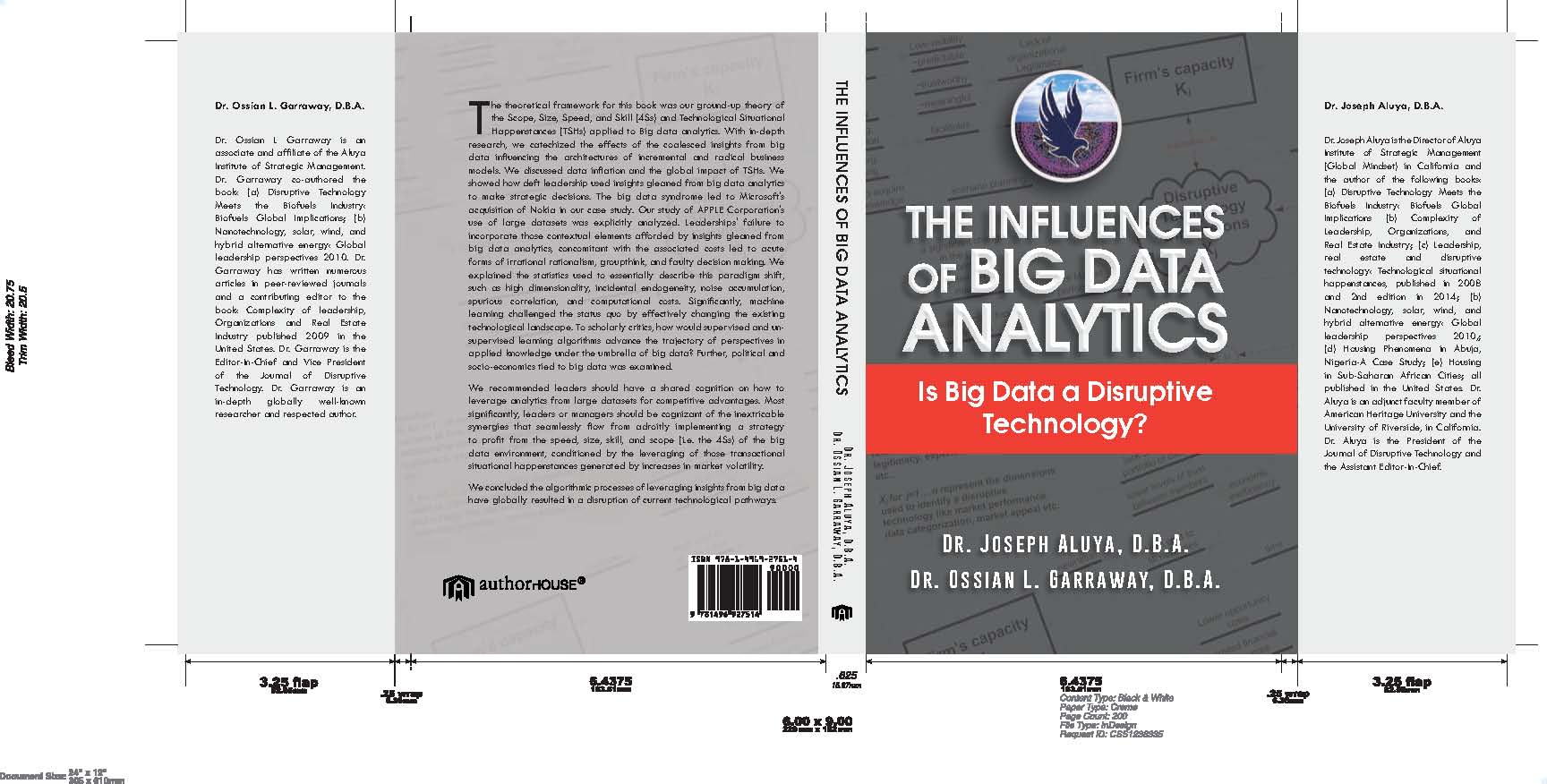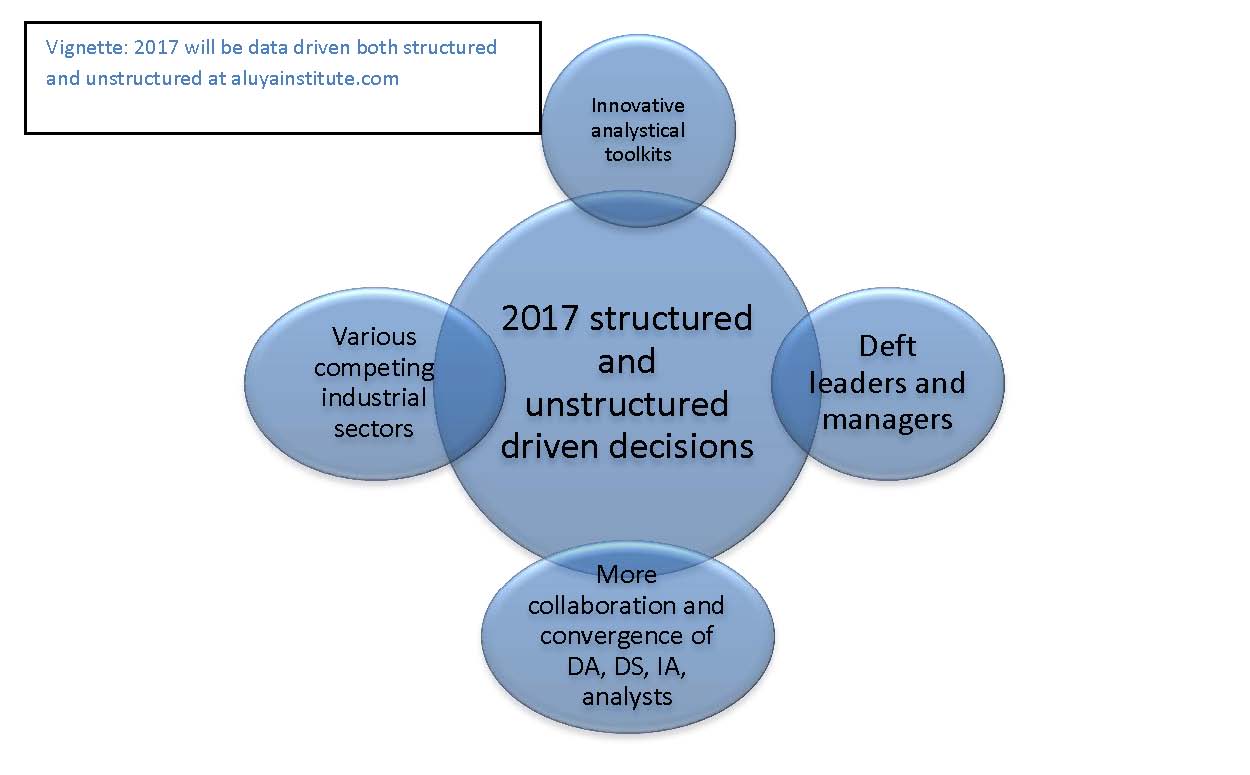In this Jofdt.com website, case studies of Hewlett-Packard, Nokia, Microsoft, Yahoo and other manufacturing companies have been analyzed and synthesized for postgraduate students. In the various case studies, what keep recurring or reverberating is the misplacement of Fishbone doctrine in place of Dr. Deming philosophy. Manufacturing companies keep using Fishbone (Fishikawa or Kaoru Ishikawa) analysis in identifying the problems rather than going beyond the brainstorming sections into finding the symptoms to the causes of the problems in the first place. Not surprisingly, scholars have suggested that Fishikawa or Kaoru Ishikawa doctrine is limited to the causes and effects when problem-solving teams have exhausted their ideas during the brainstorming sections (Porter and Stern, 2001; Porter, 1980, 1985, 1990 and 2001). To robustly find solutions and to solve manufacturing problems, Edward Deming philosophy is usually applied or prescribed due to the idea of continuous improvement. For example, in Japan after the World 11, Dr Edward Deming brought the country out of its deep recession with limited factories into becoming a country of excellent manufacturers or powerhouse of manufacturers of durable goods. Even in the 1970s, the Toyota Company completely accepted and embraced the Deming concept and philosophy; hence, Toyota became the bestselling cars in the 1970s in the United States and if not globally. In terms of quality system (QS), CAPA or cGMP, the Japanese manufacturers stick to the Deming core philosophy whether be it consumable goods, electronic or manufacturing machines. When the United States auto industry adopted the Dr. Deming philosophy in the 1980s and 1990s, the America manufacturers of cars dusted the Japanese auto-industry.
Not to remiss, a slogan under the Deming mantra is only a slogan and it does no good to the manufacturer whether be it in the auto, health, or manufacturing of any consumable or durable goods. In Nokia, now acquired by Microsoft, realized this fact although coming late in accepting the fact and currently has adapted the Deming philosophy. Nokia is gradually coming out of its abyss of finding causes and effects into improving its new model. No wonder in the case of Apple Inc, continuous improvement coupled with creative innovations has propelled the company’s exponentially revenue growth and profit growth. Hewlett-Packard learnt a valuable lesson not to subscribe to the causes and effects doctrine and the company have come to embrace the Deming doctrine. Without any schism, Deming doctrine must be complemented with the human emotional intelligent in order for the manufacturing company to actualize their goals or objectives (Cooper and Sawaf, 1997).
Here are the Edward Deming 14 principles: 1). Create constancy of purpose of improvement for product and services. 2). Adopt the new philosophy. 3). Cease dependence on mass inspection. 4). End the practice of awarding business on price tag alone. 5). Improve constantly and forever the system of production and service. 6). Institute training. 7). Institute leadership. 8). Drive out fear. 9). Break down barriers within staff areas. 10). Eliminate slogans, exhortations and targets for the workplace. 11). Eliminate numerical quotas. 12). Remove barriers to pride of workmanship. 13). Institute a vigorous program of education and training. 14). Take action to accomplish the transformation (Walton, 1986)
However, not to completely discard the alfa sigma, award winning theory, tested and it has passed through the testing stage, now edified and coded as a factual method of solving manufacturing problems(see the diagram below). The fish-bone solution to preventive and corrective action plans adopted by leadership in manufacturing industry never addresses the symptoms of the problems, whether be it in the training or retraining of its leaders, managers or the line production workers. Most commonly, teams brainstormed, find causes why things are the way they are and find solutions to the problem. Anecdotally, forgetting that problems are like cat with many lives, that the “if and then” solutions may be limited to specific sets of problems. Get copies of the various case studies at Jofdt.com.










